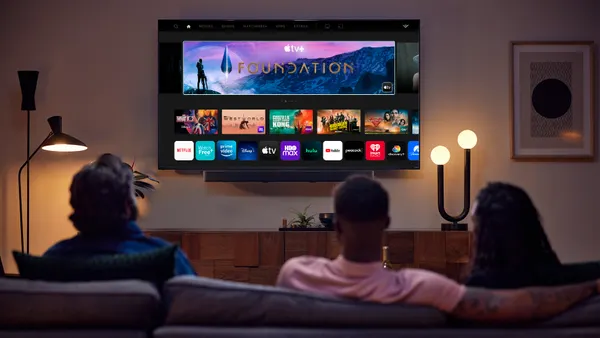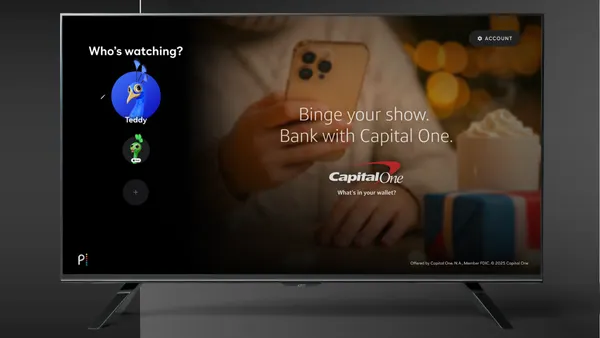Editor's Note: The following is a guest post from Rupert Hodson, CEO of Dianomi.
Last December, a consortium lead by internet giants Facebook, Microsoft, Twitter and YouTube announced it would cooperate on a plan to help limit the spread of terrorist content online. None of the organizations made a commitment, at this time, to remove these videos.
So, it should have come as no surprise to advertisers when, three months later, they learned that their ads may have appeared next to videos filled with hate speech or those that directly funded terrorist organizations on YouTube.
What advertisers may not realize is that the problem they are facing is bigger than brand safety. Rather, the explosion of user-generated content and the growth of audience-based targeting have all but completely eroded context from the advertising buy. Advertising aligned with terrorist propaganda on YouTube is an artifact of this trend.
How did we get to this point? The ad industry as it stands is a duopoly, with Google and Facebook racking up over $50 billion in ad revenue in 2016 out of $72 billion in total. It is estimated that YouTube's piece of that pie is annually around $10 billion, 15% of the total industry.
The appeal of YouTube to advertisers is its huge audience and seeming unlimited pre-roll inventory. But, combining scale and automation with inventory diversity is not without its challenges, as we've seen. If you have scale and inventory, but lack context, you're significantly decreasing purchase intent and branding.
Two years ago, at an industry conference, Gary Vaynerchuk, CEO of VaynerMedia said of contextual advertising that "if content is king, context is god." He then urged advertisers to "respect the room you're storytelling in." The problem with automation is that most advertisers don't know the room in which they're telling their story.
So, what's a brand to do?
First, consider buying directly from publishers if you aren't already. It's slightly troubling when you hear from a major advertiser like JP Morgan that they went from ads on 400,000 sites to 5,000 and saw little change in ad visibility. Once you decide to go the publisher route, choose publishers whose content is contextually relevant to your advertisement. Sure this means taking an extra step but these ads perform better.
When a consumer sees a contextually relevant ad, they are more often perceived as a value ad, rather than an annoying ad. For example, an article on emerging markets on Reuters, alongside a sponsored link from JP Morgan on their current views on investing in emerging markets, is a win for the publisher (revenue and relevant sponsored content), the reader (through accessing high-quality content from the advertiser) and the advertiser (reaching and engaging with a reader who is actively focused on their content).
This is why direct-to-publisher deals are growing, and why companies are launching direct-to-publisher marketplaces, which provide both scale and context. In recent months, companies such as Centro, have launched private marketplaces where select advertisers can buy directly from premium publishers. The Guardian also announced recently plans to move towards a private marketplace to bring back the direct relationship between them and the advertiser.
Finally, understand which of your campaigns benefit most from contextual campaigns. There are some campaigns and categories where it matters more, such as high-value products. These customers might be on YouTube and Facebook, but if you're trying to place an ad for $50K HR software next to a video of cute puppies, chances are that will be wasted.












